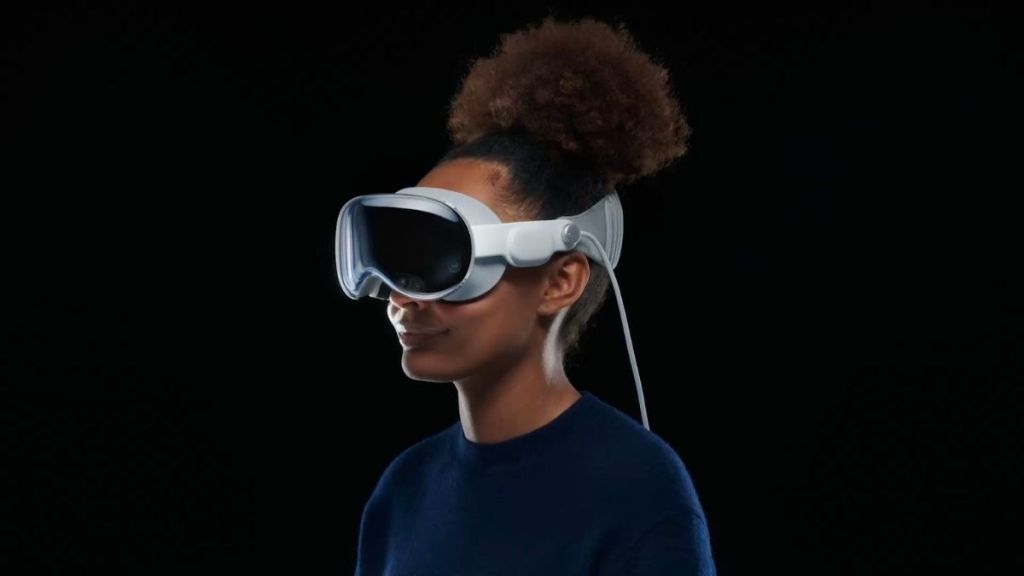Apple plans to release a more affordable version of its Apple Vision Pro mixed reality headset. However, the cheaper version is expected to remove an external display to lower its price, likely using a less advanced chip similar to the ones in iPhones, according to Bloomberg’s Mark Gurman.
Gurman in his weekly newsletter Power On writes that the cheaper model of Apple Vision Pro will have fewer cameras and go for lower-resolution screens to bring down the price. This change would mean that a unique feature called EyeSight, which allows the device to show a live rendering of wearer’s eyes on the outward facing OLED display, will only be available in the more high-end versions of the product. Further, Apple will also go for iPhone processor rather than Mac processor to achieve a lower cost.
Also Read | Apple Vision Pro version 2 could be easier to wear, have these features
Gurman writes that Apple’s decision to prioritise a more budget-friendly version has also led them to shift focus away from their challenging augmented reality (AR) glasses project. The price range of $1,500 to $2,500 that has been internally discussed by the company is not considered cheap, but $1,500 is more affordable compared to the higher end of the range.
Apple is also working on a second generation of Apple Vision Pro which is expected to be lighter and smaller than the original Vision Pro. Apple may also use prescription lenses directly into the device as using different combinations of lenses has been a challenge for the company. Gurman states that Apple is exploring ideas to make the next Vision Pro more comfortable to wear. It could use lighter materials in the making of the product.
Also Read | iPhone 15 versus iPhone 15 Pro: Every difference that you wanted to know
“It currently weighs about a pound, and testing has shown that it can feel too heavy for some users – even in short stretches. Apple is considering addressing this on the first model with an over-the-head strap, but making the hardware lighter is a better long-term solution,” he wrote in one of newsletters. The headset could sometime in next year.
Follow FE Tech Bytes on Twitter, Instagram, LinkedIn, Facebook.








